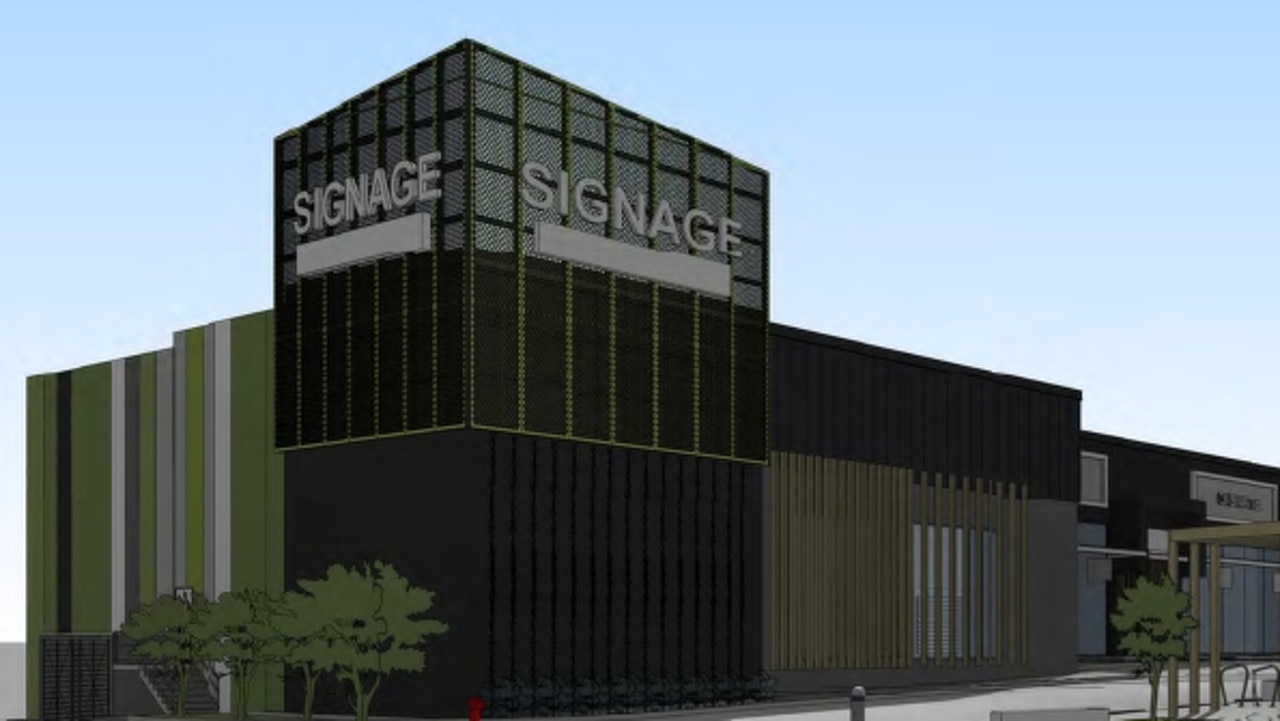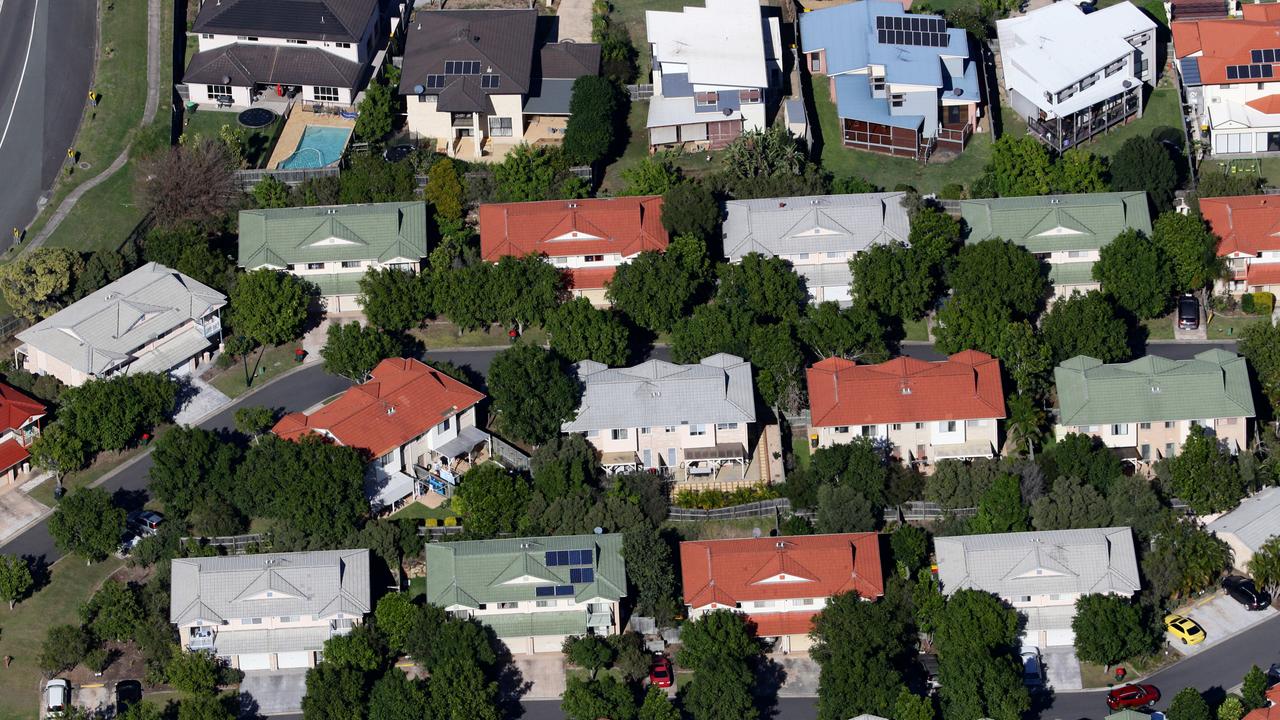Critical: Aussie essential workers priced out of 1330 suburbs
One key group of Australians have been priced out of 1330 suburbs across the nation, leaving many to travel long distances just to get to work.
Property
Don't miss out on the headlines from Property. Followed categories will be added to My News.
Australia’s essential workers have been priced out of 1330 suburbs across the nation, leaving many to travel long distances just to provide crucial community services.
Exclusive new research from Suburbtrends has revealed that essential workers with a top budget of $600,000 are now out of luck in 488 house suburbs in NSW (353 in Sydney), 328 in Victoria (295 in Melbourne) and 263 in Queensland (171 in Brisbane).

Meanwhile, there are 94 suburbs in the ACT where there are either not enough listings or the median price exceeds $600,000, 74 in Western Australia, 56 in South Australia, 14 in the Northern Territory and 18 in Tasmania.

Suburbtrends founder Kent Lardner said the analysis was grim reading.
“It spells out a very different way of living for future generations, especially in Sydney where houses are now out-of-reach for most,” Mr Lardner said.
“Without access to inherited wealth or contributions from parents, many in the coming decades will only know apartment life.
“If we are to keep essential workers in the cities, we may need to start thinking outside the box and back to what was more common during the 19th and early 20th centuries, when Australia was undergoing rapid industrialisation and urbanisation – company housing.
“While this still exists in mining and tourism sectors today, we may need to consider this as an option for many essential workers in some of our most expensive cities.”

Essential workers are generally those who can’t work from home, and include those who work in sectors such as health and emergency services, utilities, freight and logistics, transport, education, aged care, retail and supply chains.
For the purpose of their research, Suburbtrends looked at agent advised sales over the past year and analysed the suburbs that would still be affordable to essential workers like police officers, firefighters and nurses with a $600,000 budget, even with a further 5 per cent price increase.
The research showed there were only 860 suburbs nationally where a $600,000 budget could still buy a house, well below the number of suburbs that were now unaffordable.
There were no suburbs in Greater Sydney where an essential worker could buy a house for under $600,000, but there were 101 unit suburbs still within reach.
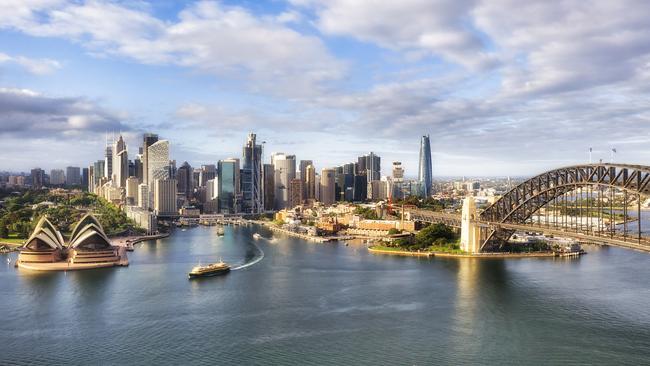
In suburbs immediately surrounding Sydney’s Royal Prince Alfred Hospital, an essential worker would be priced out of both the housing and unit markets.
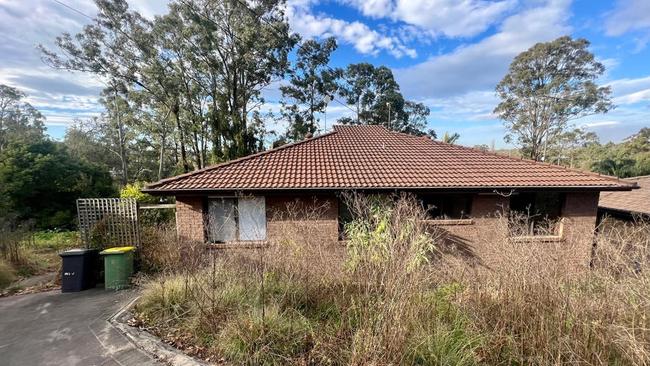
It is a similar story in suburbs surrounding the Royal Melbourne Hospital and the Royal Brisbane and Womens Hospital and Queensland Children’s Hospital.

There are just 54 suburbs in Greater Melbourne where an essential worker could still buy a house for under $600,000, including Broadmeadows, Tarneit and Melton, with Melton a 100km round-trip on toll roads to and from the flagship hospital.

Meanwhile in Greater Brisbane, houses in 171 of its 233 suburbs are out of reach.
Essential workers with a $600,000 budget would have to travel from places like Ipswich, Springfield, Logan and Beaudesert to get to the city’s major hospitals.
Workers in smaller hospitals and suburban stations have more options within their budget, including Caboolture, North Ipswich, Logan Reserve and Rothwell, but the number of suburbs that fail to hit the budget far outweighs the ones that do.
Mr Lardner said buying condition were the worst they had been since the 1940s.
“For those on minimum salaries, this has been the perfect storm,” he said, adding that childcare workers would typically be earning up to 30 per cent less than emergency workers.
The new PropTrack Housing Affordability Index revealed that home prices across Australia were at their worst levels in at least three decades, especially in NSW, Tasmania and Victoria.
Housing affordability in Queensland fared better, but had deteriorated since the pandemic property boom.
In South Australia, the report shows that housing affordability has “never been worse”.
The report described housing affordability across the nation as “alarming”, noting that the share of homes that a median-income household could afford had never been lower.
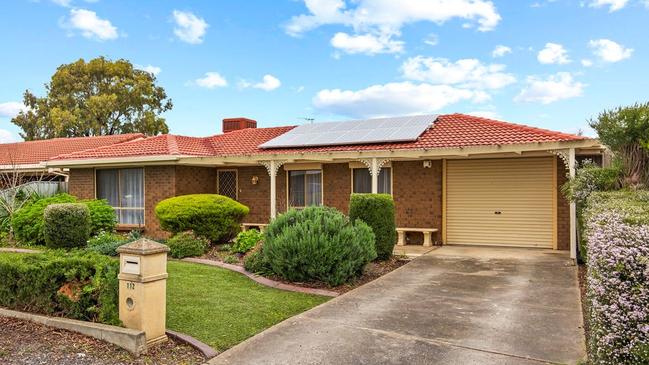
And the Suburbtrends analysis shows that affordability doesn’t get much better outside of the big cities, with 154 regional suburbs in NSW out of reach for a buyer with a $600,000 budget, including places like Byron Bay, Tweed Heads, Newcastle, Lismore and Port Macquarie.
Regional Victoria had 84 suburbs either over budget or with fewer than five listings, meaning supply is constrained, but there was 180 suburbs where a unit or house was still within reach.
In regional Queensland, there were 92 suburbs beyond a $600,000 budget, with zero suitable house suburbs on the Gold Coast and Sunshine Coast.
Both regions attracted the lion’s share of interstate movers during the pandemic, with the latest virtual inspection data from Little Hinges showing both are still in hot demand.

The Suburbtrends research comes after an Anglicare Australia report revealed that many of Australia’s essential workers would also struggle to pay rent, with analysis of 45,992 available listings showing that a firefighter would only be able to afford 1459 (3.2%) of listed rental properties, while a teacher could afford 1507 (3.3%), a nurse 666 (1.5%) and an early childhood educator just 428 (0.9%).
“In the past, essential workers seeking more affordable housing considered moving to regional
centres,” the report said.
“This is no longer an option in much of Australia.”
MORE NEWS: First-home buyers rush to secure sub-$1m beachside property
Home appraisals up 50 per cent as agent warns: Strike while the iron is hot
One in seven homeowners worry about losing house

And the lack of affordable housing is having impacts of staffing, with a number of hospitals nationally struggling to provide services.
A study by the Australian Housing and Urban Research Institute in 2021 found that many essential workers were struggling to access housing in Australia’s most expensive cities.
Back then, the AHURI found that across Greater Sydney and its adjacent localities there were only two local government areas that had a median house price that was affordable to key workers, and both of those suburbs were over 150 kilometres from Sydney CBD.
The situation was no better in Melbourne, with only the Golden Plains local government area (over 80 kilometres from Melbourne CBD) having houses deemed affordable to key workers.
All three LGA’s are now out of reach of a moderate income essential worker.
AHURI executive director Dr Michael Fotheringham said the affordability problem had only got worse.
“It is a huge challenge because for key workers, or place-based workers who can’t work from home, if none of those suburbs are within a bull’s roar of where you need your nurse or teacher to be, it just doesn’t make it viable due to time and travel costs,” he said.
“Nurses are a good example as many have to be on-call, but that’s not possible if they are living 1.5 hours away.
“And there is even a knock-on effect in the wealthy and sought-after suburbs where prices have soared.
“If you can’t have people running a functional community, it loses its liveability.”
Mr Fotheringahm said it was a major concern for future workforces needed to service communities, especially with an ageing population.

Australian Nursing and Midwifery Federation federal secretary Annie Butler said the lack of affordable housing had become an increasing concern for their 322,000 strong membership.
“In most of our capital cities, we know from our members’ feedback that the majority of frontline nurses and midwives cannot afford to rent a home or an apartment close to major hospitals,” Ms Butler said.
“Unfortunately, as the cost-of-living crisis has worsened, our members living and working in regional areas have also been impacted.
“We’re concerned about the health and safety of essential health workers who are being forced to commute one to two hours to get to work every day and night, at a time when understaffing is already seeing them work longer shifts, often double shifts.”

Representing members across a wide range of professions deemed essential work during the pandemic, including health, aged care, childcare, education, emergency services, logistics, agriculture and hospitality, United Workers Union national secretary Tim Kennedy said essential workers were under stress due to wages failing to keep uo with inflation and housing costs.
“Essential workers in many areas including aged care, early childhood education, cleaners and security guards can often only dream of owning a house in areas where their essential services are needed,” he said.
“When workers are inevitably forced to find rental properties, workers also find themselves priced out of suburbs where they work due to their wages simply not keeping up with the cost of living.
“The net effect is stressed-out workers being forced to add lengthy commutes to their already difficult workplace roles – adding to burnout, high turnover and a heavy impact on the workers and the communities they work in.”

He said reforms and affordable housing initiatives were “rebalancing a system that has too long tilted the playing field against workers”.
But Mr Lardner said if cities were to retain essential workers, family-friendly and affordable apartments were key.
“With the rising costs of fuel and travel costs (specifically toll-roads), it really should challenge our collective thinking around how we are choosing to live in the cities,” he said.




